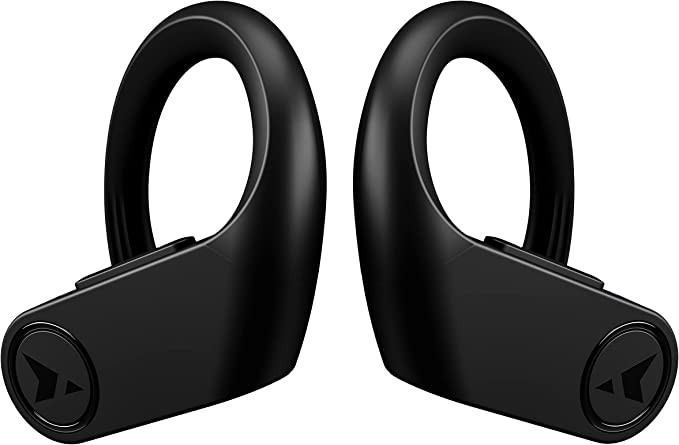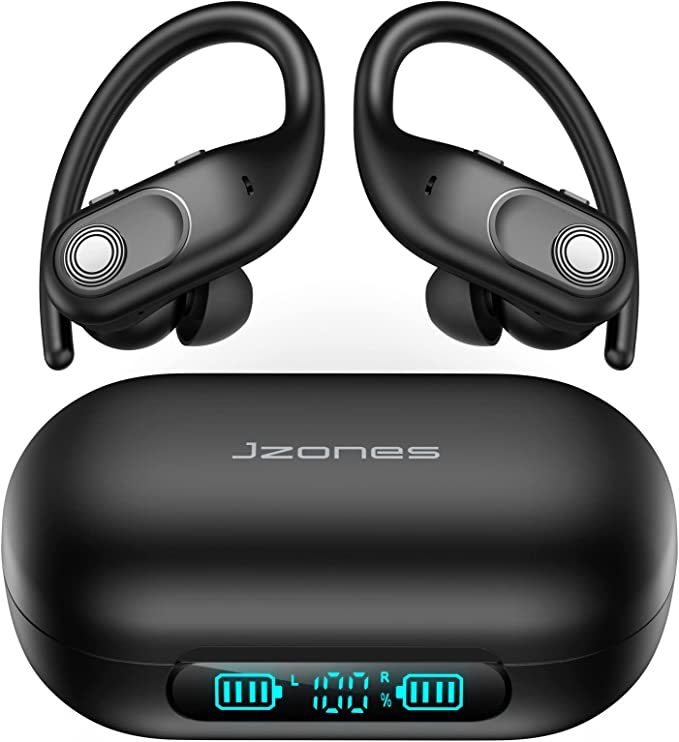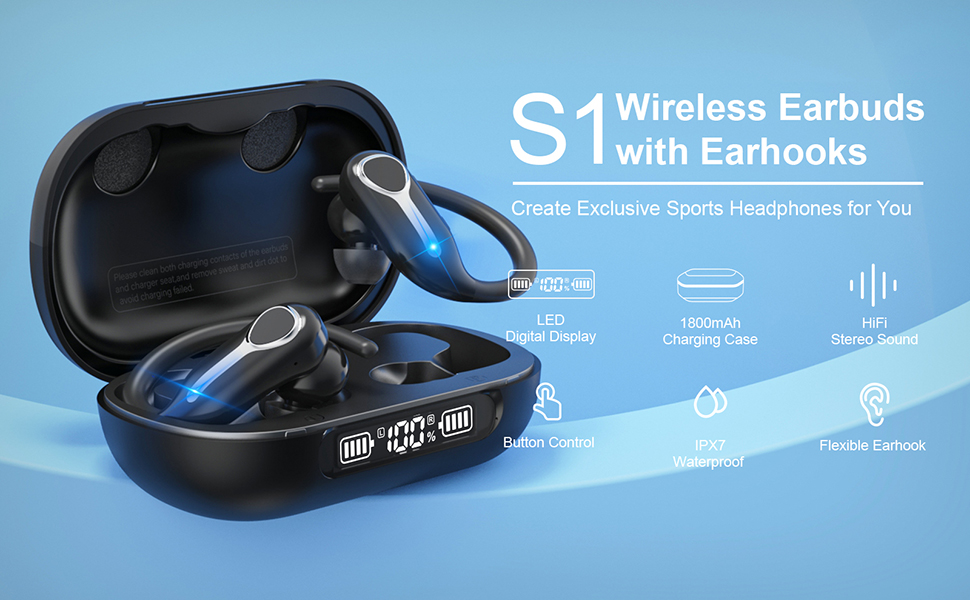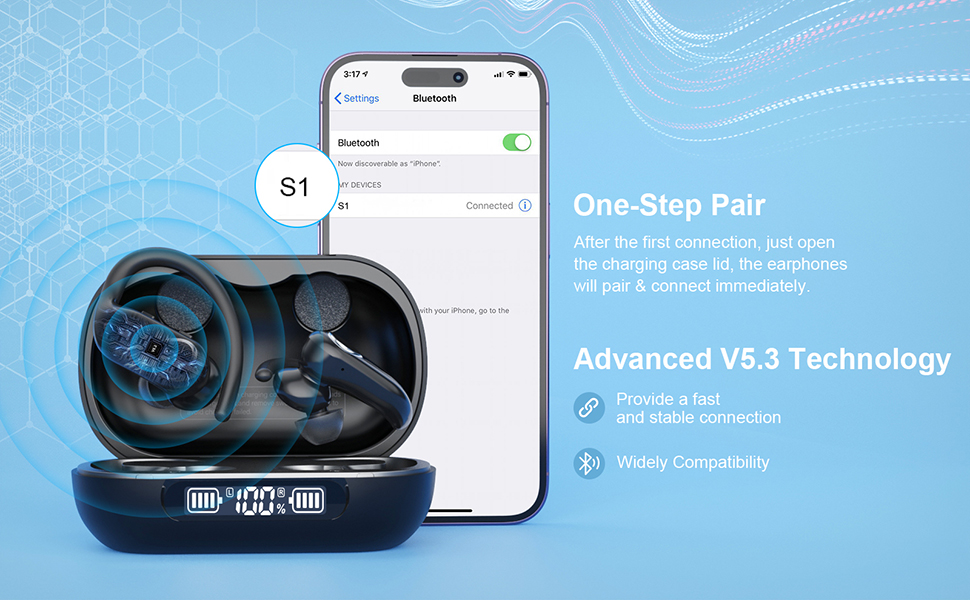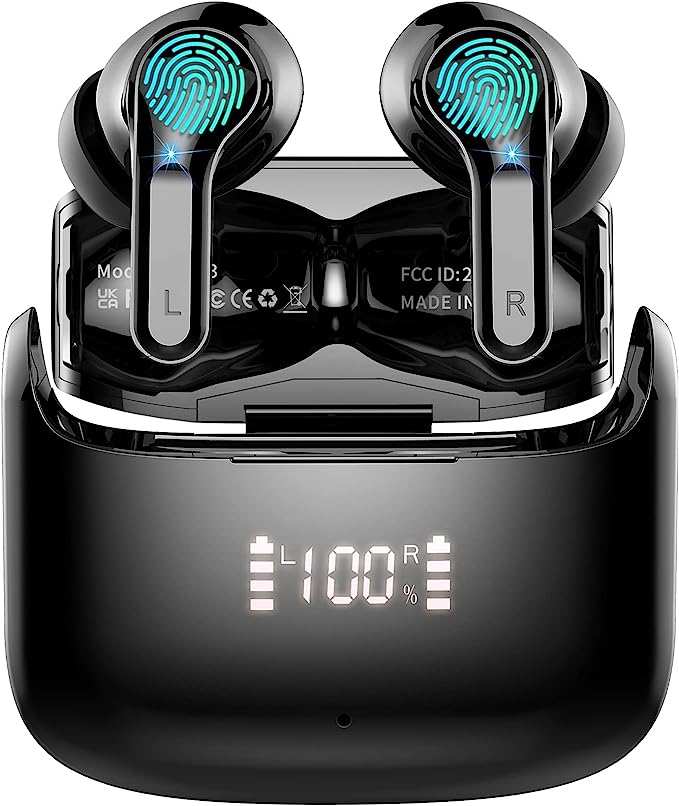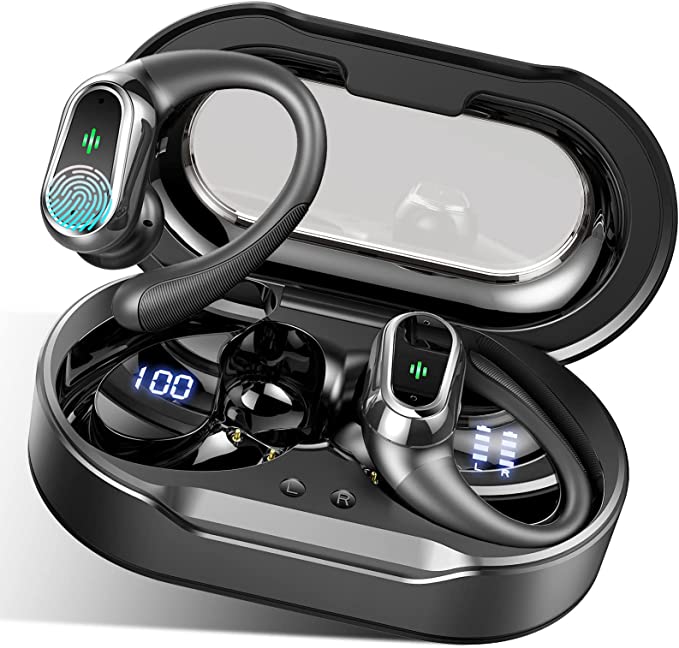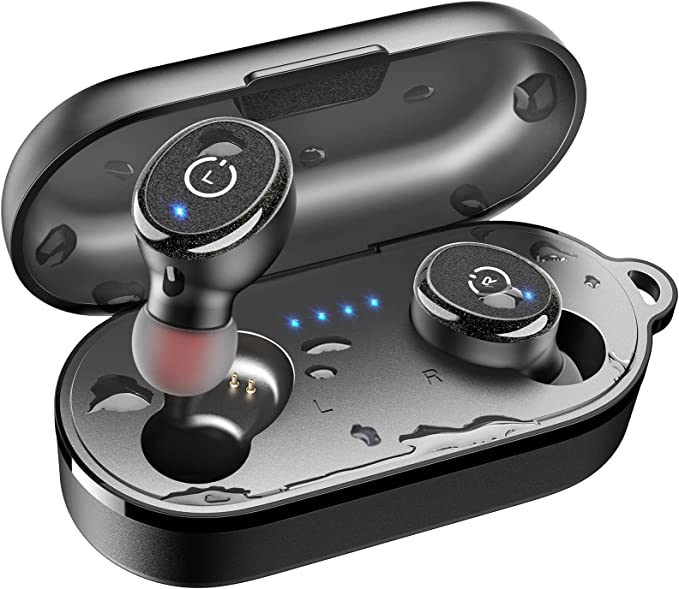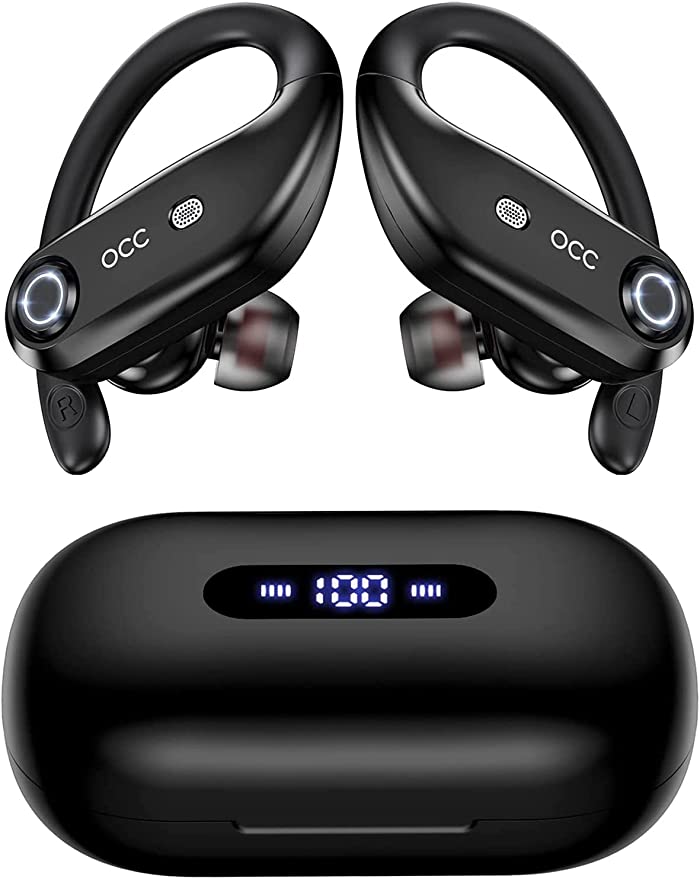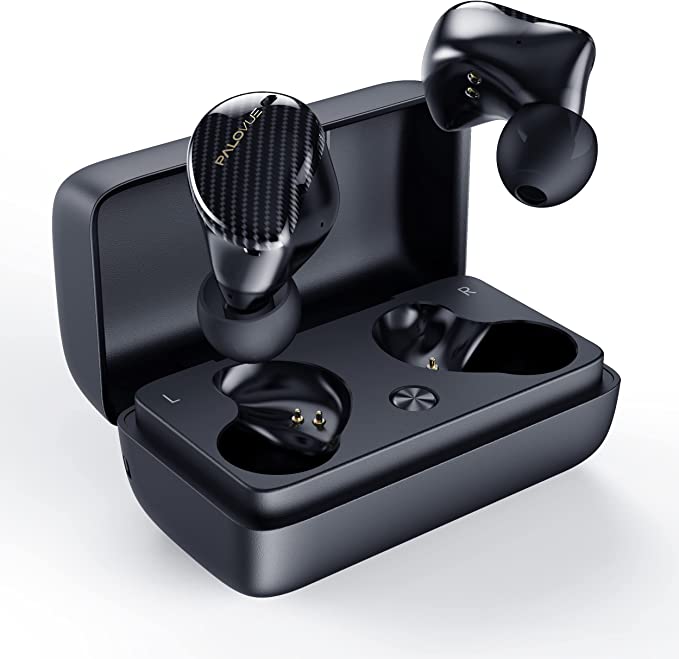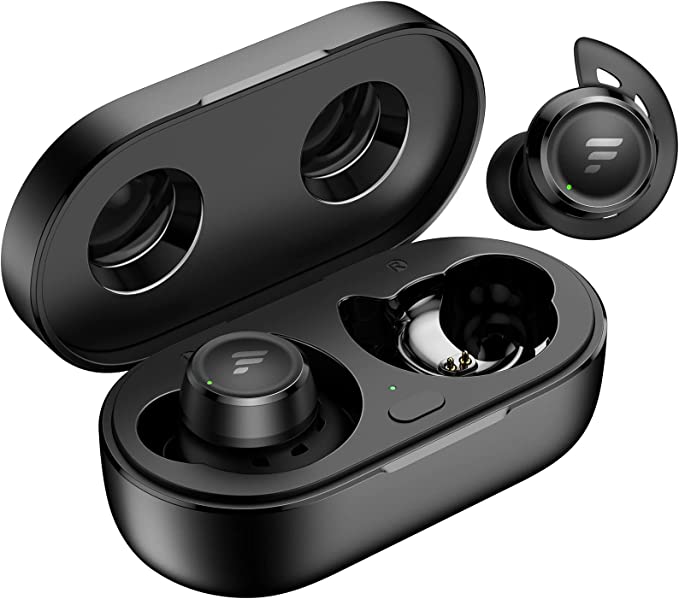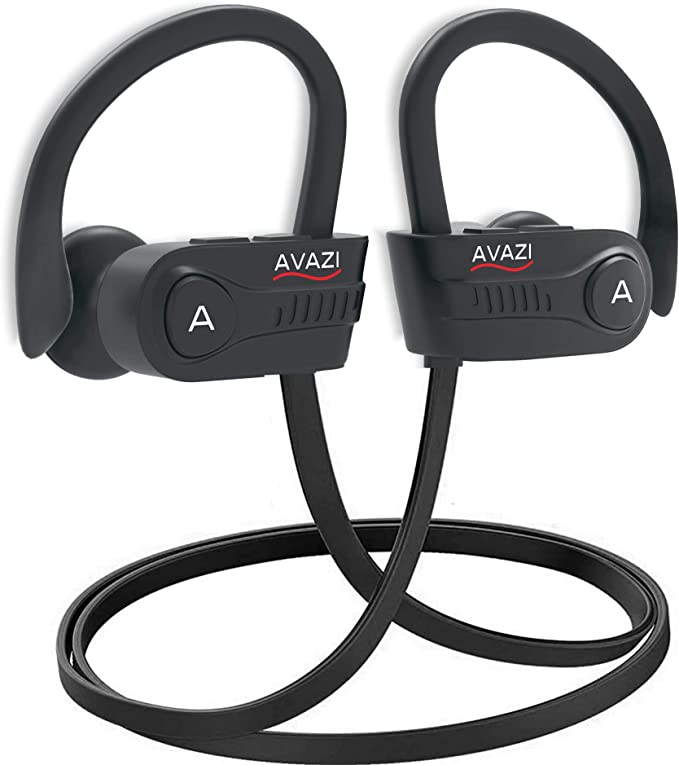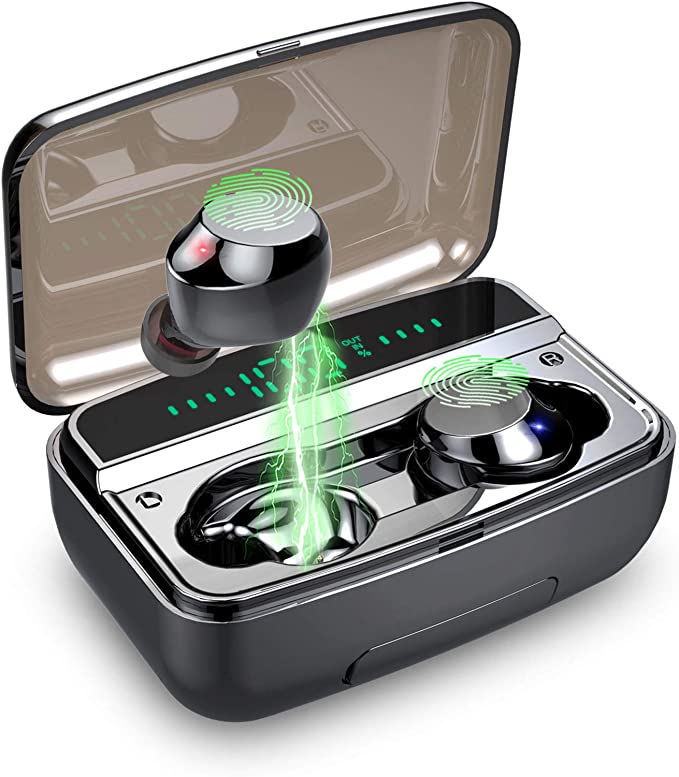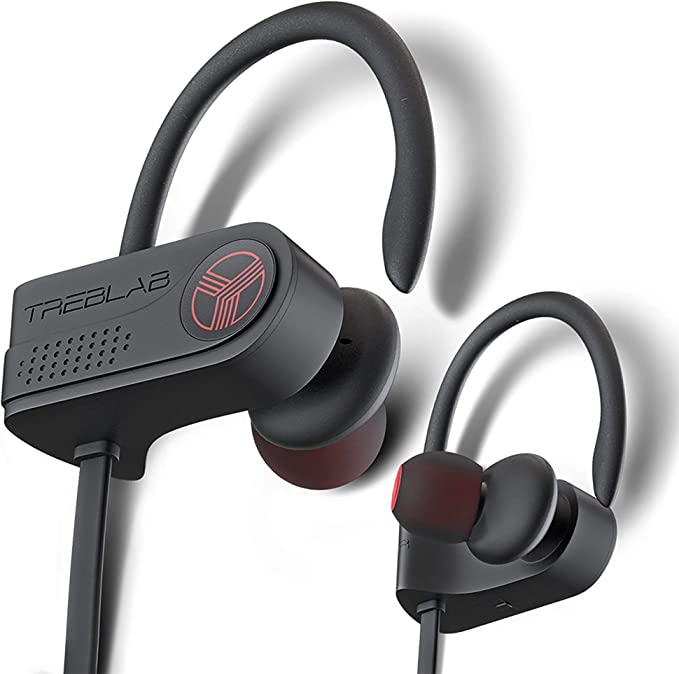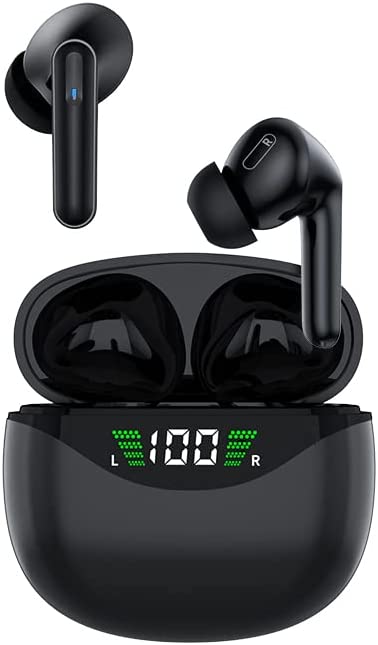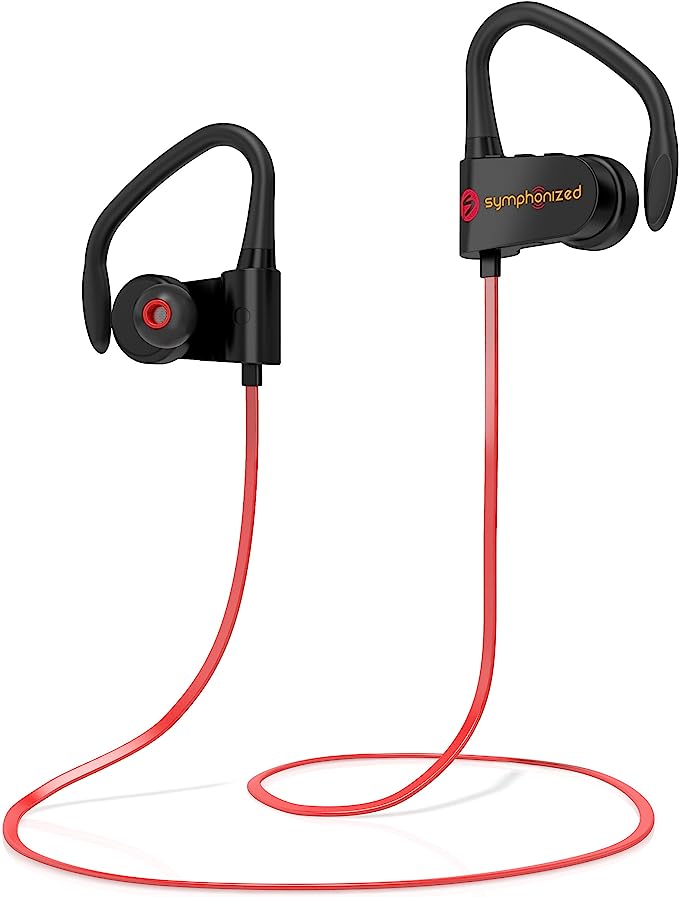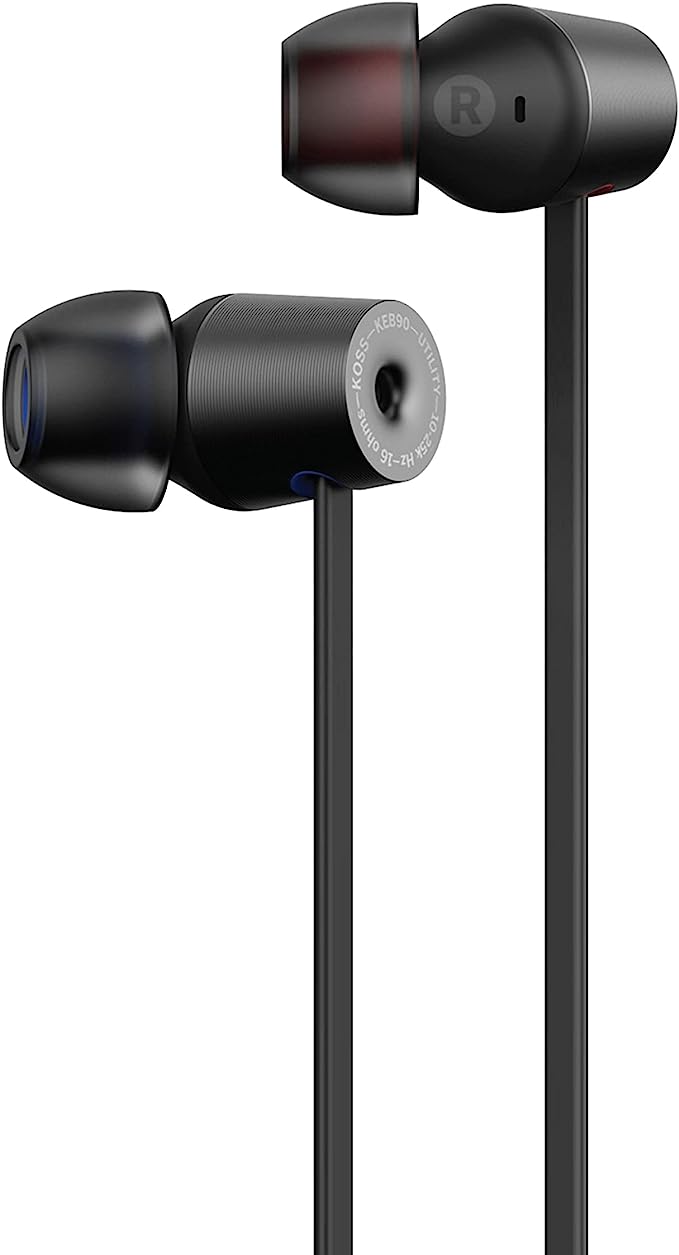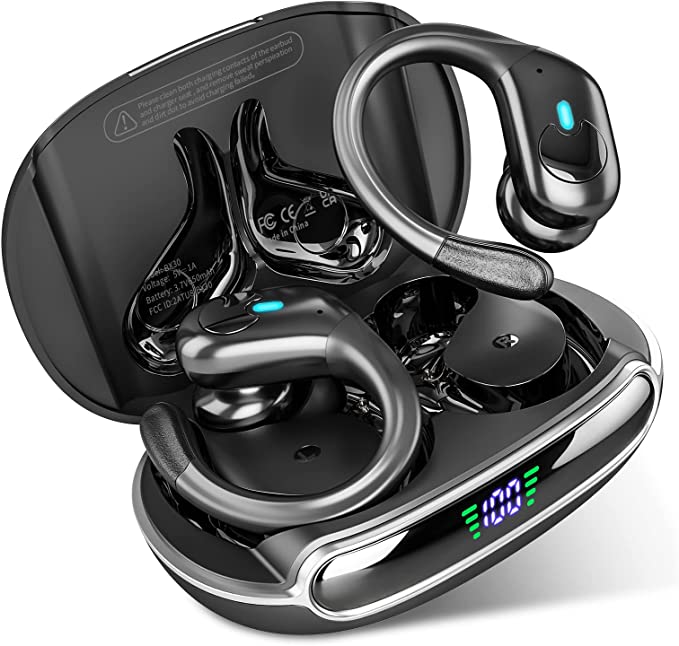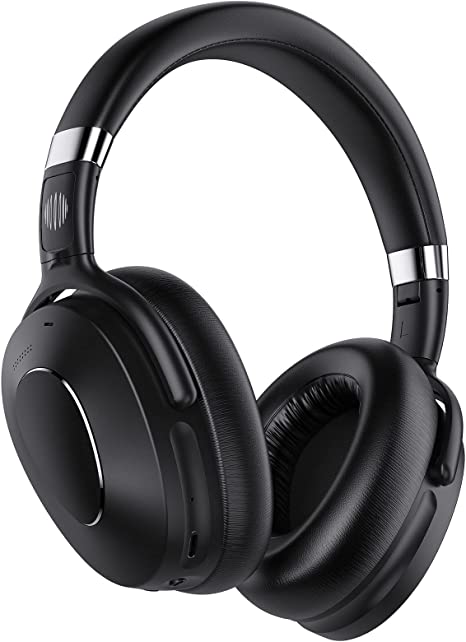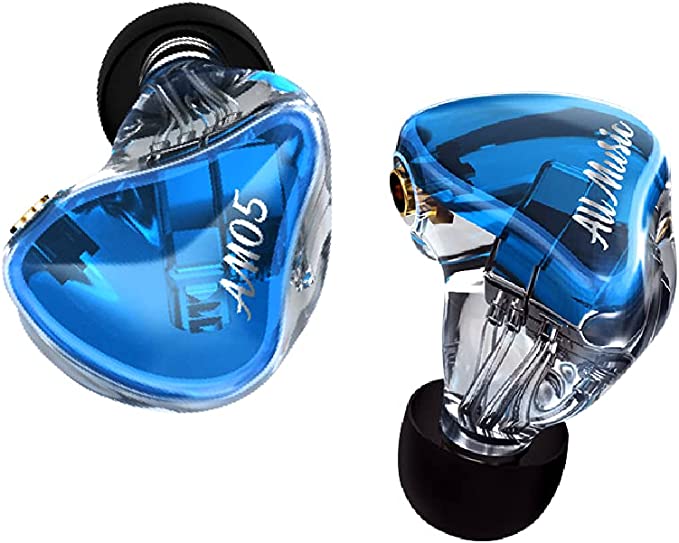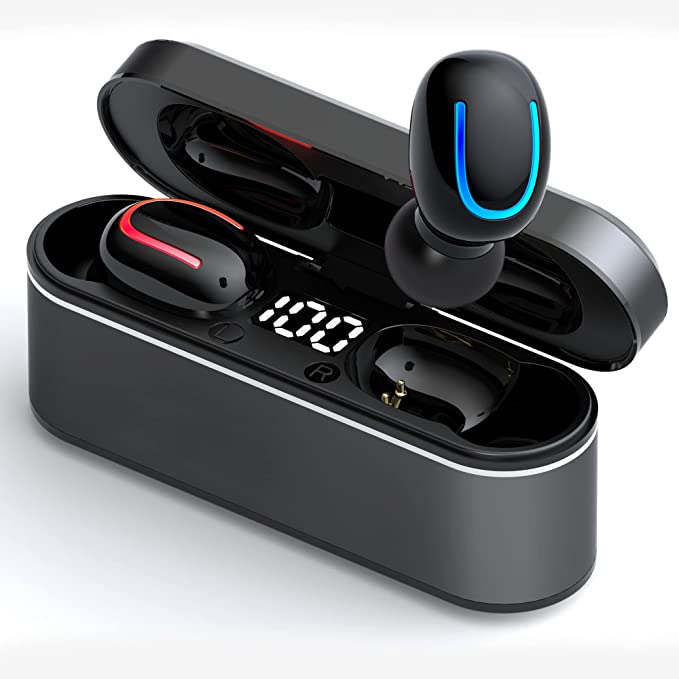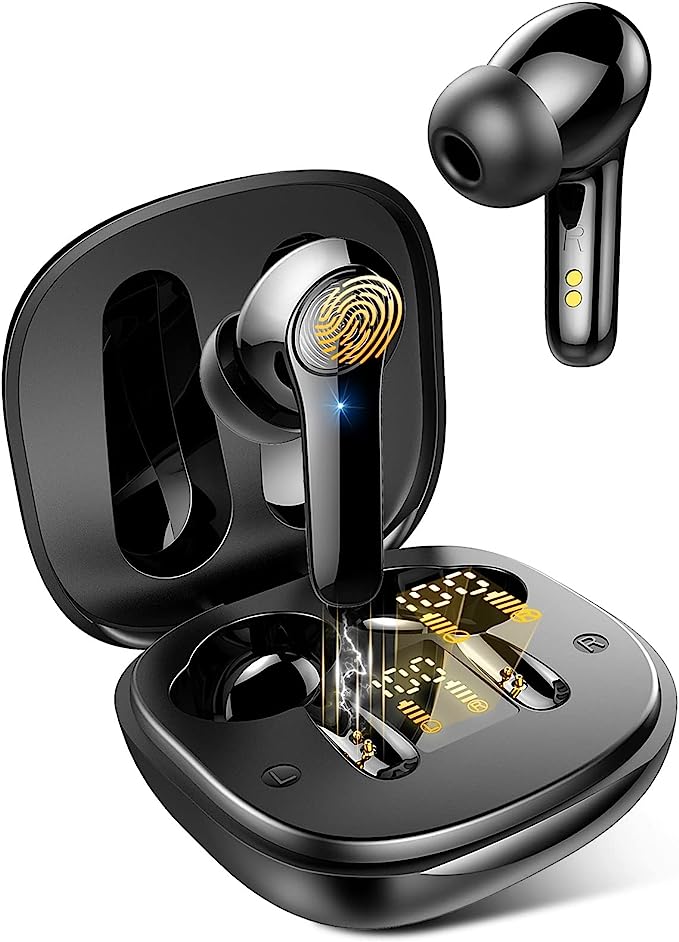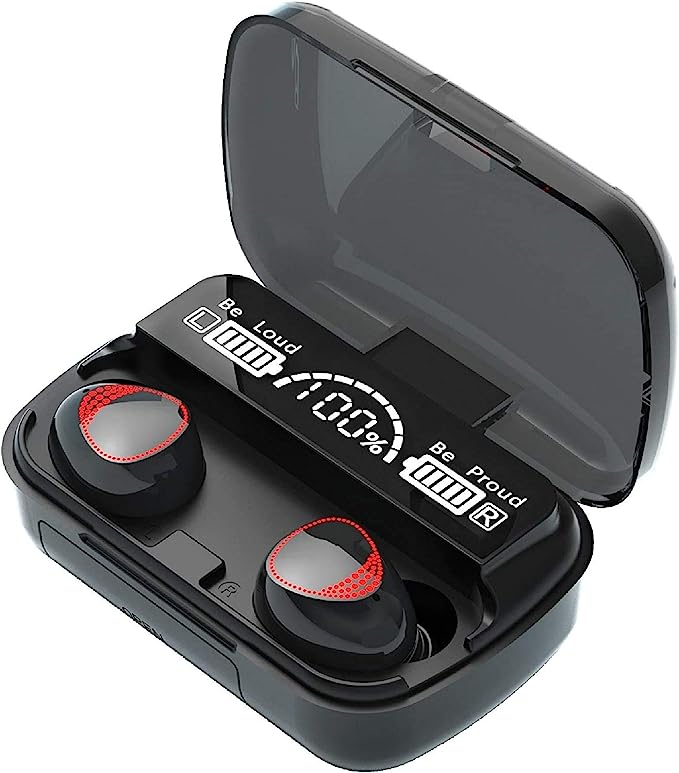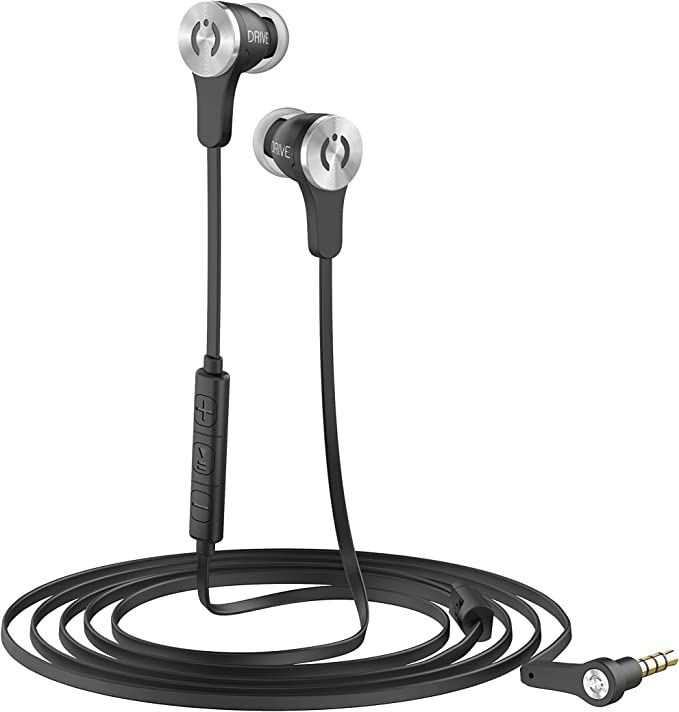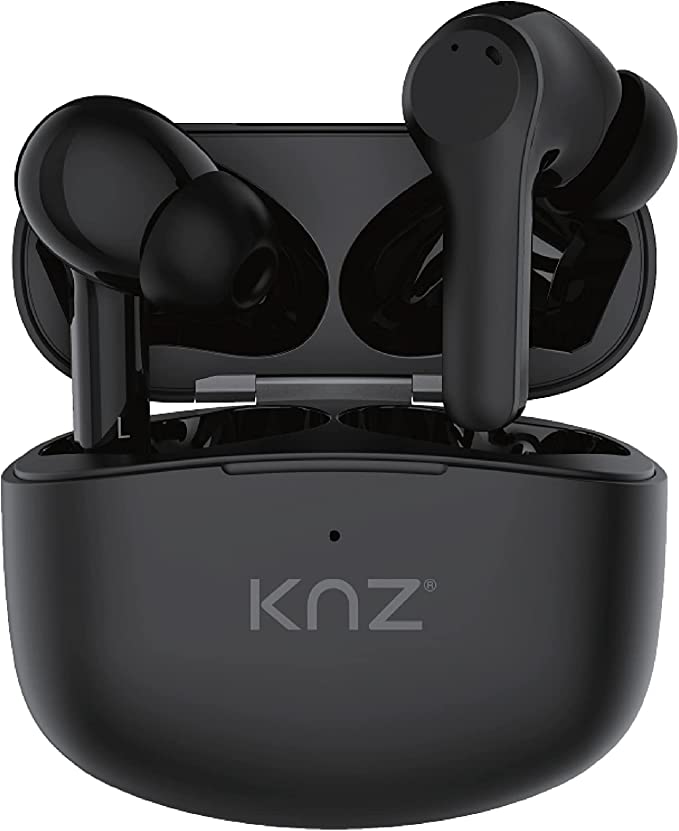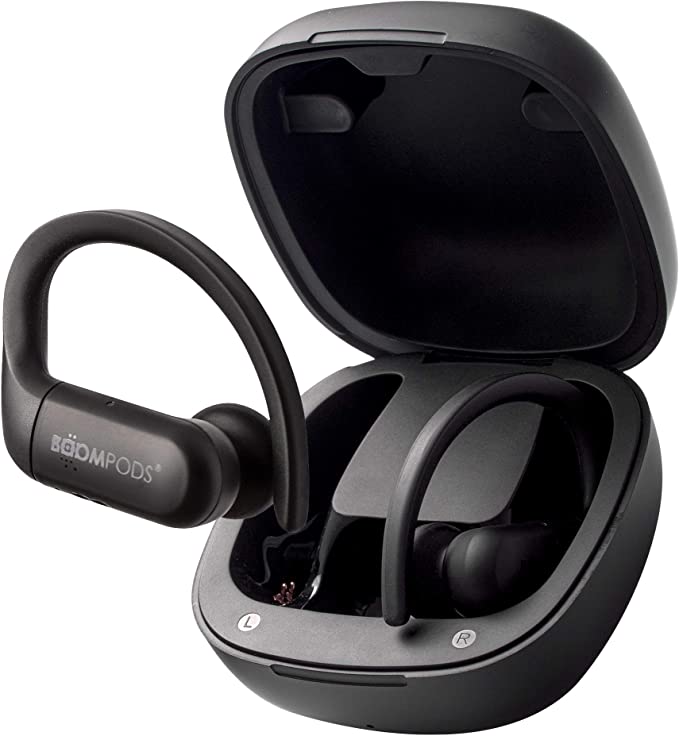GNMN V7 Bluetooth Headphones: Unleash Your Workout with Unrivaled Sound and Endurance
Update on Sept. 23, 2025, 1:56 p.m.
An Engineer’s Dive into the Science of Fit, Force, and Failure
It’s the third mile. Your heart is pounding in a rhythm that matches the drumbeat blasting in your ears. You’re in the zone, a perfect symbiosis of body and music. And then, it happens. A subtle shift. A loss of seal. The left earbud, your trusted companion, makes a desperate, silent tumble onto the unforgiving pavement.
The music dies. The spell is broken. You’re left with a singular, frustrating thought: Again?
This moment of betrayal isn’t bad luck. It’s not your ears’ fault. It is, in the purest sense, a failure of physics. The story of why your earbuds fall out—or, miraculously, stay in—is a captivating drama of biomechanics, material science, and cunning engineering. It’s a battle waged on the microscopic landscape of your ear, against forces you generate with every single step.
To understand this battle, we won’t be reviewing a product. Instead, we’ll put the principles on trial and use a typical pair of modern sports earbuds as our star witness—Exhibit A in the case of Applied Science vs. Gravity and Sweat.

The Biomechanics of Betrayal
Imagine your head as you run. It’s not moving in a smooth, straight line. It’s bobbing, weaving, and, with every footfall, sending a shockwave up your spine. For a tiny object wedged into your ear canal, this is a tiny, violent earthquake. The primary reason an earbud fails is its inability to manage the forces of this dance.
Three main culprits are at play:
- Gravity: A constant, downward pull.
- Inertial Force: As your head accelerates and decelerates, the earbud, thanks to its own mass, wants to stay put, which effectively feels like it’s being flung out.
- Impact Shock: The jarring vibration that travels from your feet to your skull.
A standard, pod-style earbud relies on one thing to fight these forces: friction inside your ear canal. This is a losing strategy. The ear canal is a sensitive, flexible tube of skin and cartilage, and it can become slippery with even the slightest bit of sweat.
This is where intelligent design enters the courtroom. Look at a pair of purpose-built sports headphones, like the GNMN V7. You’ll immediately notice the prominent ear hook. This isn’t a clumsy add-on; it’s a sophisticated load-bearing structure. From an engineering perspective, it’s a cantilevered truss. It hooks over the hard cartilage ridge of your outer ear—your auricle—and uses it as a robust anchor point.
Instead of precariously balancing inside the ear canal, the ear hook masterfully redirects the kinetic forces of your workout. The downward pull of gravity and the outward fling of inertia are transferred and distributed across the larger, more stable architecture of your outer ear. It’s the difference between hanging a picture with a single, tiny nail versus a proper anchor bolt. One is a prayer; the other is physics.

The Unseen Shield
Even if an earbud wins the mechanical battle, it faces a more insidious enemy: a chemical one. Your sweat is not just water; it’s a saline solution, mildly acidic and corrosive. For the delicate electronics packed inside a tiny shell, it’s a death sentence.
This is why engineers talk about Ingress Protection, or the IP rating. It’s a standardized language for a device’s defensibility. An IPX7 rating, for example, is not a marketing buzzword. It’s a formal certification from the International Electrotechnical Commission (IEC) that the device can survive being fully submerged in one meter of water for 30 minutes.
Achieving this level of resilience is a masterclass in material science, typically involving a two-tiered defense.
The first is the physical barrier. This involves tiny, precision-molded silicone gaskets and O-rings that sit in the seams of the earbud’s casing. Silicone is a polymer prized for its flexibility and durability; when compressed, it forms a watertight seal, blocking the primary path of liquid ingress.
The second line of defense is chemical warfare. The internal circuit board (PCB) is often coated with an invisible, hydrophobic nano-coating. This is where things get really clever. These coatings work by creating a microscopic, spiky texture on the surface, fundamentally changing its surface tension. Water that gets past the first barrier is unable to “wet” the surface of the electronics. Instead of spreading out, it beads up and rolls off, much like rain on a lotus leaf. It’s a shield, forged at the molecular level.
The Tyranny of the Electron
An earbud that stays in and survives the sweat is useless if its battery dies mid-set. The quest for long-lasting portable power is a constant war against the fundamental laws of physics and chemistry. We demand near-limitless energy from a finite, impossibly small space.
The heart of this system is the Lithium-Polymer (Li-Po) battery. You can think of it as an “ion hotel.” When you charge it, you’re forcing lithium ions (the guests) to travel from the cathode (the lobby) and check into the anode (the hotel rooms). When you play music, you’re letting those guests check out, and their journey back to the cathode releases the energy that powers your device.
The stated 48-hour total playback time of a modern earbud set is the result of a two-pronged strategy in this war.
First, increase the reserves. The earbuds themselves hold a charge for perhaps 8 hours, but the charging case acts as a power bank. A case with a 500mAh (milliampere-hour) capacity is essentially a larger fuel tank. The milliampere-hour is a unit of electric charge, and a bigger number simply means it holds more “ion guests” to send over to the earbuds when they run low.
Second, and more elegantly, you reduce consumption. This is where a technology like Bluetooth 5.3 becomes a quiet hero. Each new Bluetooth standard brings improvements, and a key focus is always on energy efficiency, particularly through its Low Energy (BLE) protocol. It uses clever algorithms to send data in more efficient packets and allows the radio to sleep for longer intervals. It’s about making every single electron’s journey count.
The long battery life you experience is not a single feature. It’s the sum of a thousand tiny victories in chemical storage and computational efficiency, a quiet triumph in the ongoing battle against entropy.

The Ghost in the Airwaves
Finally, let’s talk about the sound itself. It feels like magic—music, conjured from thin air. But it’s a chain of breathtakingly rapid events. Your phone encodes a song into a digital signal, which is then broadcast by a tiny radio.
That radio has to shout through a hurricane of other signals—Wi-Fi, other phones, even your microwave. Bluetooth technology achieves this by using a technique called frequency-hopping spread spectrum, a relic of military radio technology. It rapidly switches its transmission between dozens of frequencies, a choreographed dance to avoid interference.

Once the signal reaches the earbud, it must be turned back into physical sound waves. This is the job of the driver. When you see a specification like an 11mm dynamic driver, it’s referring to a miniature piston. It’s a diaphragm, vibrated by a voice coil and a magnet, that pushes air into your ear canal.
And here, size matters. A larger 11mm diaphragm can push more air than a smaller one. This is crucial for reproducing low-frequency sounds—the bass. It’s about physical authority. But good sound isn’t just about heavy bass. It’s about clarity and balance, which is where psychoacoustics comes in. Our brains don’t perceive all frequencies equally. The famous Fletcher-Munson curves show that our ears are far less sensitive to low and high frequencies at lower volumes. This is why music sounds “thin” and lacks punch when you turn it down. A well-engineered driver is tuned to subtly compensate for this perceptual quirk, ensuring the sound feels full and balanced, even when you’re not blasting it.

The Beauty of a Problem Well-Solved
So, the next time you secure an earbud in your ear, take a moment. That simple object is a marvel of multidisciplinary engineering. It’s a wearable solution to a complex biomechanical problem, a chemically-sealed fortress, and a tiny, hyper-efficient power station.
When it stays in your ear, it’s not by chance. It’s because an engineer, somewhere, obsessed over the precise curvature of a hook. When it survives your sweatiest workout, it’s because a material scientist perfected a coating at the nano-scale. And when it plays for hours on end, it’s because a thousand optimizations made a symphony of efficiency possible.

The humble workout earbud is not just a gadget. It’s a testament to the beauty of a problem well-solved, a quiet, everyday triumph of science.
